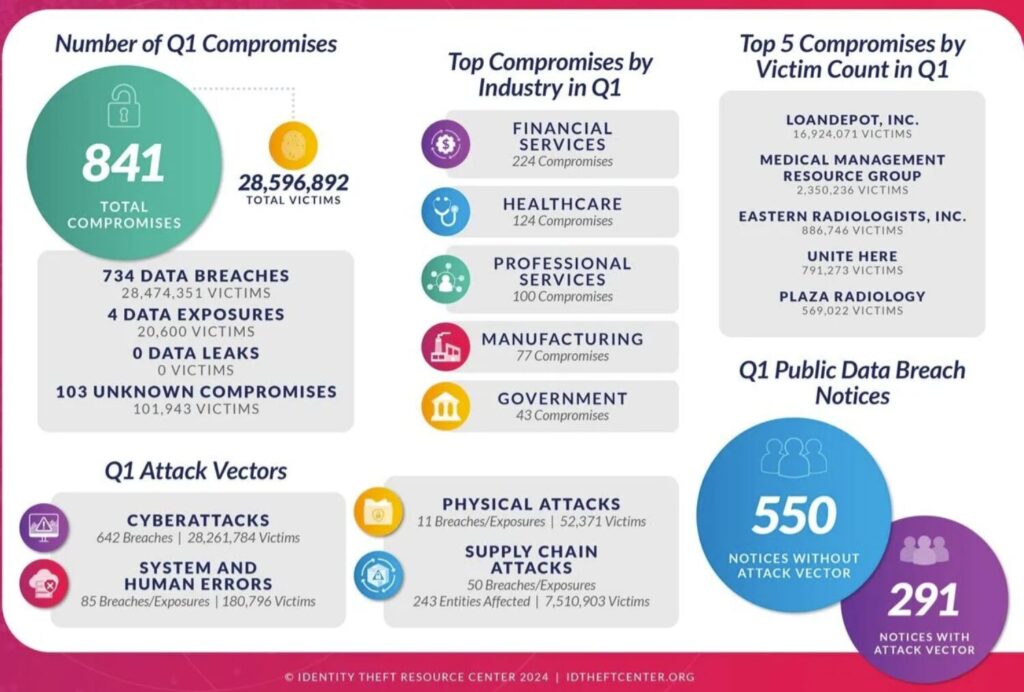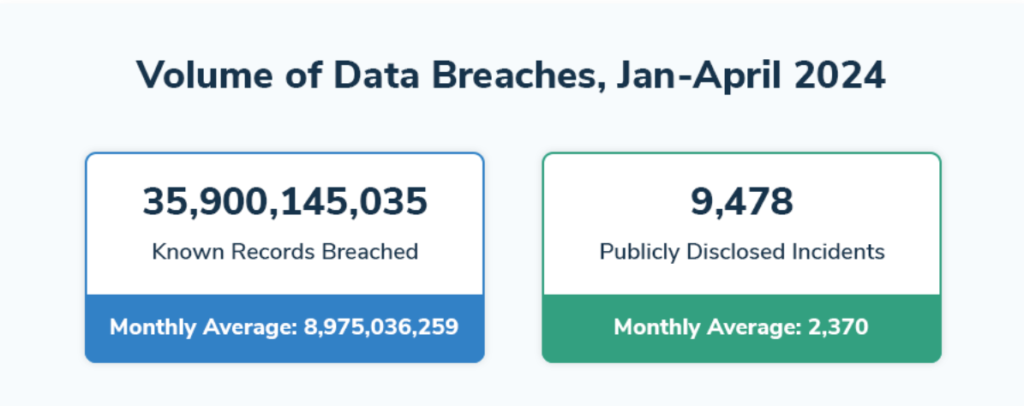
In the age of digital interconnectedness, where the scroll of a thumb through an endless feed is as natural as a morning coffee, we are more connected than ever before. Social media platforms like Facebook, Instagram, Twitter, and TikTok have transcended their original purpose of networking to become integral parts of our daily lives, shaping our opinions, friendships, and even our sense of self. But with this unprecedented access to each other and the world comes a dark underbelly – one where our personal data, once guarded with the utmost care, is now a commodity traded, sold, and sometimes stolen without our knowledge or consent. This is the reality of the digital age: a world where the lines between public and private blur, and our most intimate details can be compromised by the very technology designed to bring us closer together.
This two-part article explores the intricate relationship between technology and the compromising of personal data on social media applications. It delves into the mechanisms that facilitate this compromise, the consequences for individuals and society, and the ethical questions that arise as we navigate this brave new world.
I. The Rise of Social Media and Data Collection
To understand the current state of affairs, it’s essential to trace the evolution of social media platforms and their approach to data collection. When Facebook was launched in 2004, it was a novel idea…an online space where people could connect with friends and family, share photos, and update each other on their lives. But as the platform grew, so did its appetite for data.
Facebook, like many of its successors, operates on a business model that thrives on user data. The more data these platforms collect, the more they can tailor their services to individual users, creating a more engaging and personalized experience. This data-driven approach is what keeps users coming back, spending more time on the platform, and ultimately generating more revenue through targeted advertising.
The collection of user data on social media platforms is not inherently sinister. In many ways, it enhances the user experience. For instance, algorithms that recommend content based on our interests or suggest friends we may know are made possible by the data we willingly provide. However, the scope of data collection has expanded far beyond what most users understand or consent to. Social media platforms now collect vast amounts of information, including not just what we post, like, and share, but also our browsing history, location data, and even biometric information such as facial recognition data.
This extensive data collection is often justified by the need to improve user experience and deliver more relevant content. But as social media platforms have become more sophisticated, the ways in which they collect and use data have become increasingly opaque. Users are often unaware of the extent to which their data is being harvested, and more importantly, how it is being used.

II. The Mechanics of Data Compromise
The compromising of personal data on social media platforms can occur in various ways, each with its own set of implications. At the heart of this issue is the fact that social media platforms are, by design, repositories of personal information. The more we share, the more vulnerable we become.
1. Data Breaches
One of the most direct ways in which personal data can be compromised is through data breaches. A data breach occurs when unauthorized individuals gain access to a platform’s data, often with malicious intent. These breaches can result in the exposure of sensitive information, such as email addresses, passwords, and even financial details.
Data breaches have become alarmingly common in recent years, with some of the most high-profile cases involving social media giants. For instance, the 2018 Cambridge Analytica scandal revealed that the personal data of millions of Facebook users had been harvested without their consent and used to influence political outcomes. This incident highlighted the vulnerability of social media platforms to data breaches and the potential consequences for users whose data is compromised.
2. Phishing Attacks
Phishing attacks are another common method by which personal data is compromised on social media. These attacks involve the use of deceptive messages, often disguised as legitimate communications from social media platforms, to trick users into revealing their personal information. For example, a user might receive a message that appears to be from Facebook, asking them to verify their account by entering their password. In reality, the message is from a hacker seeking to gain access to the user’s account.
Phishing attacks are particularly insidious because they exploit the trust that users place in social media platforms. Many users are unaware of the signs of a phishing attack and may unwittingly hand over their personal information to malicious actors.
3. Third-Party Applications
Another avenue through which personal data can be compromised is through third-party applications that are integrated with social media platforms. These applications, which range from games to productivity tools, often require access to a user’s social media account to function. While this access is typically granted with the user’s consent, the extent of the data that these applications can access is often unclear.
In some cases, third-party applications have been found to collect far more data than necessary, sometimes without the user’s knowledge. This data can then be sold to other companies or used for purposes that the user did not intend. The Cambridge Analytica scandal, for instance, involved a third-party app that collected data from users and their friends, even if those friends had not given their consent.
4. Surveillance and Data Harvesting
Beyond the direct methods of data compromise, there is a more pervasive and insidious form of data collection that occurs on social media platforms: surveillance and data harvesting. Social media platforms employ sophisticated algorithms and tracking technologies to monitor users’ activities both on and off the platform. This includes tracking users’ browsing history, location data, and even offline behaviors through the use of cookies and other tracking technologies.
This surveillance is often justified as a means of improving user experience and delivering more relevant content. However, the extent to which users are being monitored is often not fully disclosed, leading to concerns about privacy and the potential for abuse. Moreover, the data collected through these methods can be sold to third-party advertisers, who use it to create highly targeted advertising campaigns.

III. The Consequences of Data Compromise
The compromising of personal data on social media platforms can have far-reaching consequences for individuals and society as a whole. These consequences can be categorized into several key areas: privacy, security, mental health, and societal impact.
1. Privacy
The most immediate consequence of data compromise is the erosion of privacy. When personal data is compromised, individuals lose control over who has access to their information and how it is used. This loss of control can be particularly troubling when sensitive information, such as medical records or financial details, is involved.
The erosion of privacy also has broader implications for society. In a world where personal data is routinely harvested and traded, the concept of privacy becomes increasingly tenuous. This has led to growing concerns about the potential for a “surveillance society,” where individuals are constantly monitored and their behaviors are shaped by those in power.
2. Security
The compromising of personal data on social media platforms also has significant security implications. When personal information is exposed, it can be used by malicious actors for a variety of purposes, including identity theft, fraud, and cyberattacks. For instance, if a hacker gains access to a user’s social media account, they can use the information contained in the account to impersonate the user and commit fraud.
Moreover, the exposure of personal data can also make individuals more vulnerable to other forms of cyberattacks. For example, if a user’s email address and password are compromised in a data breach, they may be at risk of further attacks, such as phishing or ransomware.
3. Mental Health
The compromising of personal data can also have significant implications for mental health. The loss of privacy and security can lead to feelings of anxiety, stress, and helplessness, particularly when individuals are unaware of the extent to which their data has been compromised. Moreover, the knowledge that one’s personal information is being used without consent can lead to feelings of violation and distrust.
In some cases, the consequences of data compromise can be even more severe. For example, if sensitive information, such as mental health records or intimate photos, is exposed, it can lead to significant emotional distress and even trauma. The fear of such exposure can also lead to a reluctance to seek help or share personal information online, which can have broader implications for mental health.
4. Societal Impact
Beyond the individual consequences, the compromising of personal data on social media platforms also has broader societal implications. One of the most significant concerns is the potential for data to be used to manipulate public opinion and influence political outcomes. The Cambridge Analytica scandal, for instance, demonstrated how personal data could be used to create highly targeted political advertising campaigns, raising concerns about the integrity of democratic processes.
Moreover, the pervasive surveillance and data harvesting that occurs on social media platforms also have implications for freedom of expression and the free flow of information. When individuals know that their online activities are being monitored, they may be less likely to express controversial opinions or engage in open debate. This can lead to a chilling effect on free speech and a narrowing of the public discourse.








